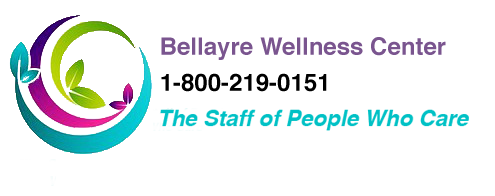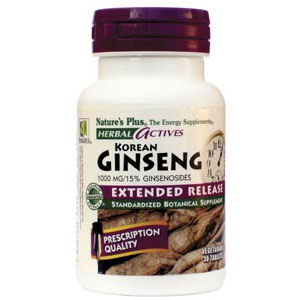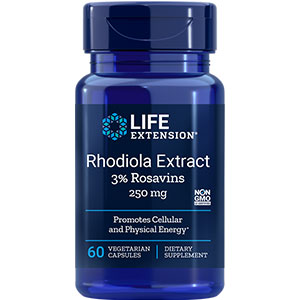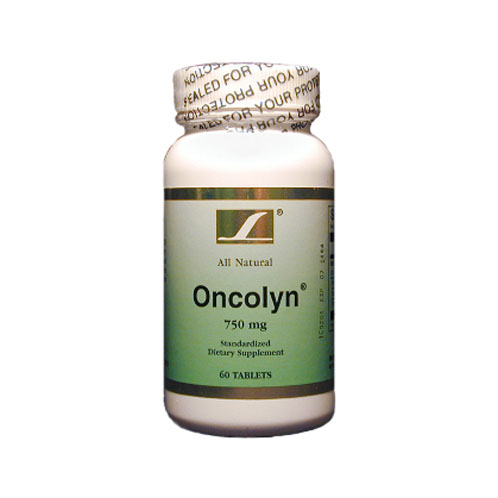New Health Heart Savior with CoQ10
$30.00
Description
HeartSavior
Coenzyme Q10
Coenzyme Q10 (Co Q10) is produced by the human body and is necessary for basic cell function. Co Q10 functions as an antioxidant. Co Q10 is naturally present in small amounts in a variety of foods, but is particularly high in organ meats such as heart, liver and kidney, as well as beef, soy oil, sardines, mackerel, and peanuts. Co Q10 is synthesized in all tissues and a healthy individuals normal levels are maintained both by Co Q10 intake and by Co Q10 synthesis. It has no known toxicity or side effects.
Co Q10 levels decrease with age and are generally low in patients with certain chronic diseases including heart conditions, muscular dystrophies, Parkinson’s disease, cancer, diabetes, and HIV/AIDS. Some prescription drugs can also lower Co Q10 levels. Levels of Co Q10 in the body can be increased by taking Co Q10 supplements
Red Yeast Rice
Red Rice Yeast has been used in China for centuries as both a food and as a medicinal substance. It is made by fermenting a type of yeast called Monascus purpureus over red rice. In Chinese medicine, red yeast rice is used to promote blood circulation, soothe upset stomach, and invigorate the function of the spleen, a body organ that destroys old blood cells and filters foreign substances.
In Asia, red yeast rice is a dietary staple and is used to make rice wine, as a flavoring agent and to preserve the flavor and color of fish and meat.
Red Yeast Rice forms naturally occurring HMG-CoA reductase inhibitors known as monacolins. The medicinal properties of red yeast rice favorably impact lipid profiles of people with high cholesterol (hypercholesterolemic patients).
Red Yeast Rice contains a family of nine different monacolins, all of which have the ability to inhibit HMG-CoA reductase which inhibits the production of cholesterol. Other active ingredients in red yeast rice include sterols, isoflavones, and monounsaturated fatty acids.
Policosanol
Policosanol belongs to a family of wax-like phytochemicals prevalent throughout nature. This substance is used in the dietary supplement industry sourced from several foods that include: sugar cane, rice bran, beeswax, broccoli, spinach, alfalfa and oats.
Sugar cane derived policosanol is a new face on the cholesterol scene in the United States but is a popular hypocholesterolemic in other countries. The main policosanol form in sugar cane is octacosanol, a long-chain fatty alcohol found in the waxy film that covers the leaves and fruit of the plants that contain it.
Policosanol is a hypocholesterolemic compound that protects LDL cholesterol against oxidation, inhibits thromboxane, discourages blood clot formation when inhibits platelet aggregation, and increases exercise tolerance. Policosanol, at clinically evaluated dosages, has shown cholesterol-lowering properties comparable to low to medium dosage levels of the statins. According to several studies, policosanol has also shown antiplatelet effects, it prevents lipoprotein peroxidation, and beneficially affects atherosclerosis development. It has good tolerability and a low rate of clinical and laboratory adverse effects.
Niacin
Large doses of niacin (as nicotinic acid, but not the niacinamide form) are prescribed to combat high blood pressure and to broadly improve blood cholesterol levels. Niacin is used to treat high Cholesterol because of its unique ability to improve lipid profiles for ApoB, LDL, small dense LDL, HDL, HDL2b – an extremely good cholesterol, Lp(a), fibrinogen and trigycerides. Pharmacologic doses of niacin (1.5 to 6 grams/day in divided doses) typically reduce LDL cholesterol levels by 10 to 25 percent and triglyceride levels by 20 to 50 percent. HDL cholesterol levels are also typically increased by 15 to 35 percent. An esterified, no-flush derivative of niacin called Inositol hexanicotinate (IHN), is slowly hydrolyzed and has no reported side effects using 4 grams daily. Peak blood concentrations have been reported to be at 10 hours, but suggested dosing is at least 4 times a day. It is used extensively in Europe for Raynaud’s disease. There is no known monotherapeutic treatment for high cholesterol that is more broadly effective and as gentle.
Inositol Hexanicotinate (“Flush Free Niacin”)
Flush-free niacin may lower cholesterol while boosting the beneficial HDL fraction. In a report on the antiatherogenic role of HDL (high density lipoprotein) cholesterol, flush-free niacin (inositol hexanicotinate) “appears to have the greatest potential to increase HDL cholesterol [by] 30%.” This study was made over a 5-year period and focused on the effect of high LDL numbers exhibited before a patient’s first coronary event(s). As reported in a November 1998 American Journal of Cardiology research study, “Nicotinic acid (niacin) has been shown to decrease triglyceride, increase HDL cholesterol, lower LDL cholesterol, and decrease lipoprotein (a); it also decreases fibrinogen,” an additional benefit that reduces the risk of related cardiovascular disease.
Selenium
Selenium is an essential trace mineral and is of fundamental importance to human health.
Selenium is one of the constituents of selenoproteins and has structural and enzymic roles. Selenium is best-known for its antioxidant properties and a catalyst for the production of active thyroid hormone.
Selenium is required for the proper performance of the immune system, and is believed to be a key nutrient in counteracting the development of virulence and inhibiting HIV progressing to AIDS.
Selenium is necessary for sperm motility and is believed to reduce the risk of miscarriage.
Selenium deficiency has also been linked to adverse mood states.
The links between selenium deficiency and heart disease remain inconclusive, however, there are links between oxidative stress and inflammation showing the benefits of higher selenium levels.
Guggulipid
This natural ingredient is derived from the mixture of plant chemicals (ketonic steroids) from the gum resin of Commiphora mukul, called guggulipid, and is an approved treatment of hyperlipidemia in India. It has been a mainstay of traditional Indian herbal medicine (Ayurveda) approaches in preventing high cholesterol and atherosclerosis. Clinical studies indicate it to be effective in the treatment of elevated cholesterol, elevated triglyceride levels and elevated LDL (bad cholesterol) levels. Studies have also shown that LDL oxidation, which is the main cause of plaque build in the arteries, can be prevented or at least decreased by the antioxidant activity of Guggul. Clinical studies on Guggul indicate that its hypolipidemic activity (decreasing cholesterol and other lipids) can be attributed to more than one mechanism. Three of the possible mechanisms include inhibition of cholesterol biosynthesis, enhancing the rate of excretion of cholesterol and promoting rapid degradation of cholesterol.
Plant Sterols and Plant Stanols
Plant sterols and stanols represent a group of compounds that are an essential constituent of cell membranes in animals and plants. Cholesterol is actually a sterol of human cells, whereas phytosterols are produced by plants.
The most common plant sterols are sitosterol, campesterol, and stigmasterol. Plant sterols, although structurally similar to cholesterol, are not synthesized by the human body and are very poorly absorbed. The specific plant sterols that are currently incorporated into foods and supplements are extracted from soybean oil. The plant sterols, currently incorporated into foods, are esterified to unsaturated fatty acids (creating sterol esters) to increase lipid solubility, thus allowing maximal incorporation into a limited amount of fat. Some plant sterols currently available are saturated, to form the stanol derivatives, which are also effective at lowering cholesterol.

These statements have not been evaluated by the Food and Drug Administration.
These products are not intended to diagnose, treat, cure, or prevent any disease.






Reviews
There are no reviews yet.